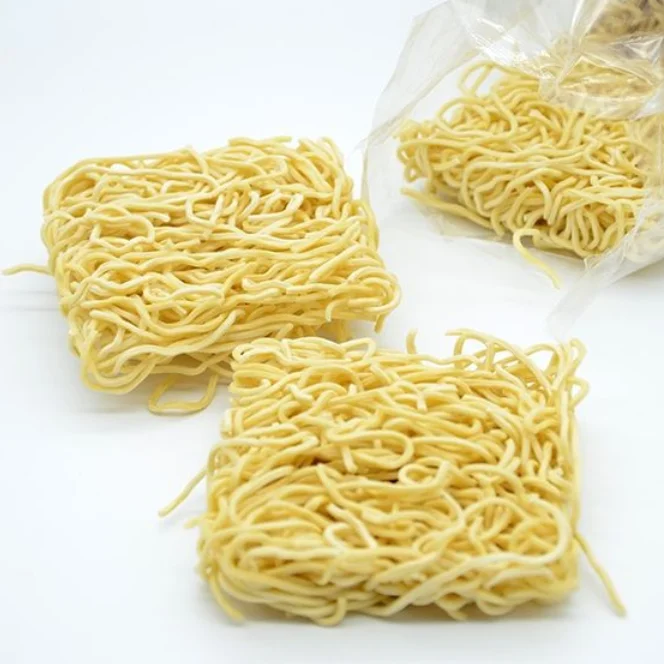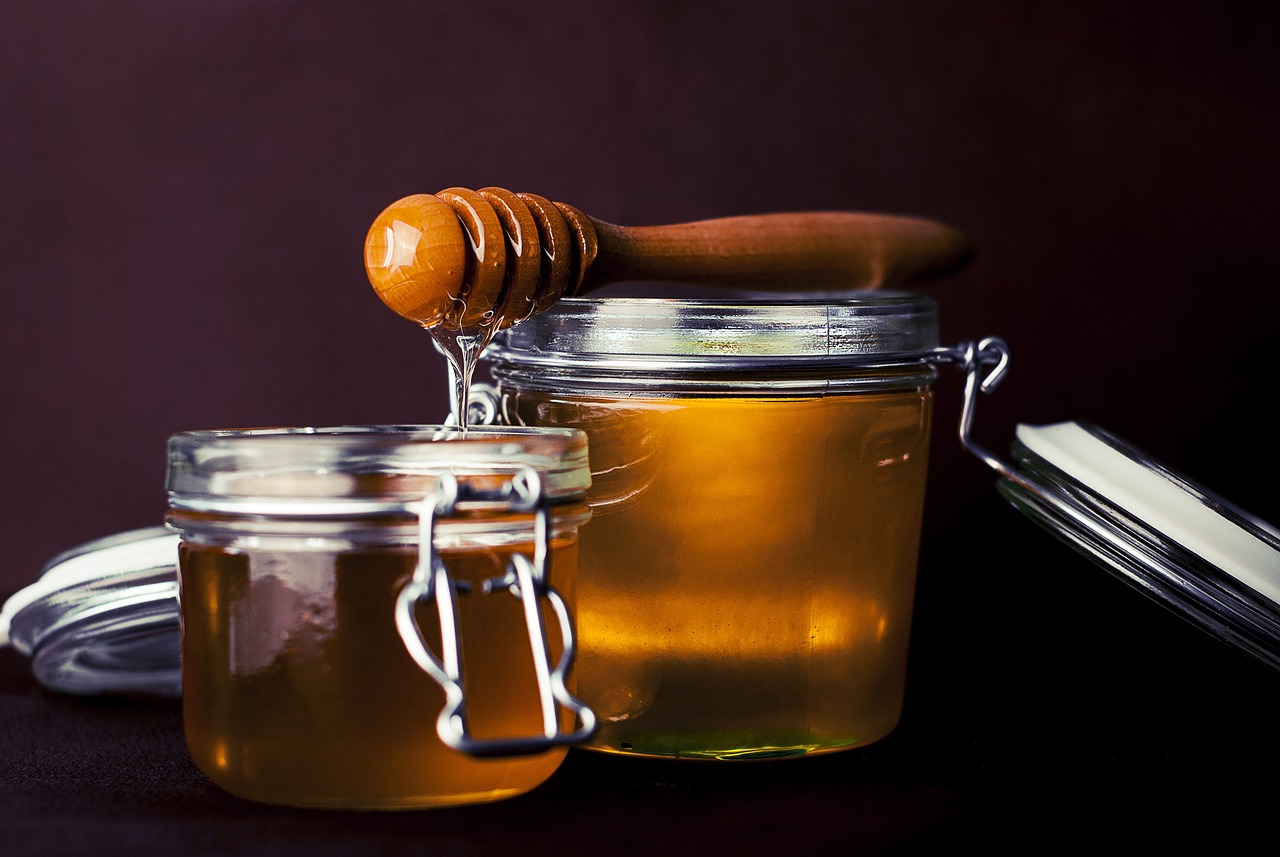The bulk ramen buy is the initial move into the bigger, more productive plane of food procurement. It is a transition between being a casual buyer and an intentional storehouse, between purchasing what you want to use this week and what you will be using this season. This in-depth examination of the business, advantage, and thought of getting into the wholesale noodle business will help you make your incursion into purchasing large amounts of ramen successful and rewarding.
Wholesale purchasing does not simply mean acquiring a discount, it is a comprehensive strategy towards kitchen management. It entails realization of supply chains, storage and rotation of inventory. You can feed a family, you can prepare for a disaster, you can just perfect the art of buying a lot of ramen and make your life less complicated, your stress less, and your stomach full all month long.
Dealing with the Wholesale Landscape
Where to Get Real Bulk Buy
The membership warehouse club is the traditional place to get bulk ramen. Big box stores, such as Costco, Sams Club, and BJ, regularly stock huge boxes of name brand noodles such as Maruchan or Nissin. Nevertheless, do not prevent online giants, such as Amazon and Boxed, who usually sell at the case without any membership fee. Among the really adventurous, the Asian grocery stores often have the most variety – imported Korean and Japanese brands, in larger multi-packs that count as a bulk purchase.
Assessing Quality and Value
Looking at a pallet of noodles, how are you going to select? Look beyond the price. Verify the weight per package, a cheaper pack may have smaller noodle bricks. Read reviews to taste flavor and noodle texture. Other times, it is worth paying a few cents extra per serving to get a better-quality brand such as NongShim or Sapporo Ichiban, which brings much greater pleasure and food satisfaction, and is a better investment in the long run.
Logistics of Large-scale Acquisition
A bulk ramen can be large and heavy. You should think about how you will carry it and where you will store it before you purchase it. Do you have room in your car? Will there be room on a high shelf in your pantry or somewhere in a cool dry basement? It will be able to plan the trip between the store and the storage to avoid a headache after buying something.
Flavor Vs. Variety Vs. Consistency
Do you purchase a case of one flavor you are sure you like, or a variety pack? To be simple and pure, the one-flavor case is okay when you consider that you are going to use the noodles mainly as ingredients in recipes in which the packet is a secondary consideration. In case you like eating them directly, a pack of many different ones will help not to get tired of the taste of the palate and be able to choose it according to your mood.
Methods for Storage
Ideal Storage Conditions
Water, hot weather and insects are the enemies of the dried bulk ramen. Keep your case in a dark, cool and dry location. A pantry closet is ideal. Do not keep the noodles or fats in places where the temperatures may change drastically, as this can ruin the quality of the noodles and fats over time which may result in off-flavors.
Package Integrity is Key
Individual packages can be exposed, even inside a closed case. Check to see whether the plastic wrapping has any holes or tears before putting them away. The spoiled package may allow moisture to enter and the noodles to turn stale or rancid. It can also attract pests. Use or isolate all damaged packages as soon as possible.
The Application of the FIFO System
FIFO is an abbreviation of First-In, First-Out. It is a very important rule when stocking up on non-perishables. When you purchase a new case of bulk ramen, put it behind your existing case. This will ensure you consume the oldest packages first, which will keep you in rotation and will ensure that you never forget to consume a package that has sat there for years since it has passed its best-by date.
Conclusion
Buying a lot of ramen is a common sense philosophy that pays off the domineering and progressive man. It is a journey into a more intelligent approach to eating and shopping that emphasizes efficiency, economy and readiness. With strategic planning in deciding where to purchase, what to seek, and how to store your bulk noodles, you will have turned a mere purchase into a long-term investment in cooking autonomy. Your fully stocked pantry, stable with a stable supply of bulk ramen, serves as a monument to your preparedness to address whatever mealtime could entail.


